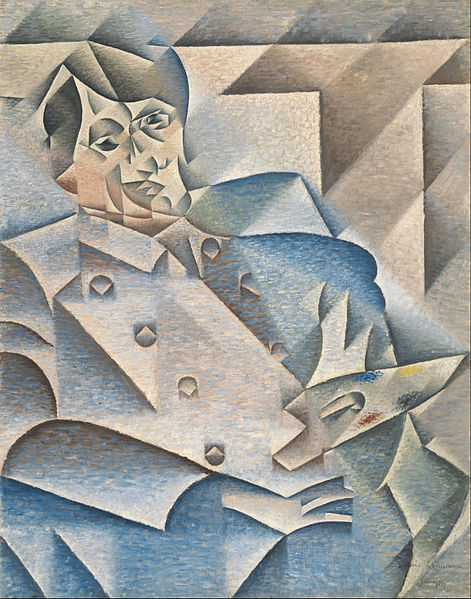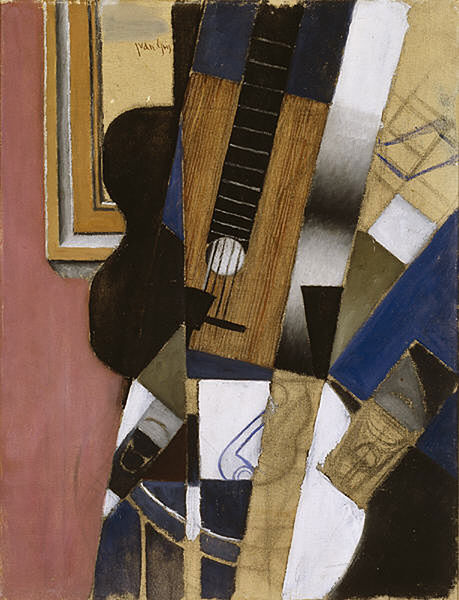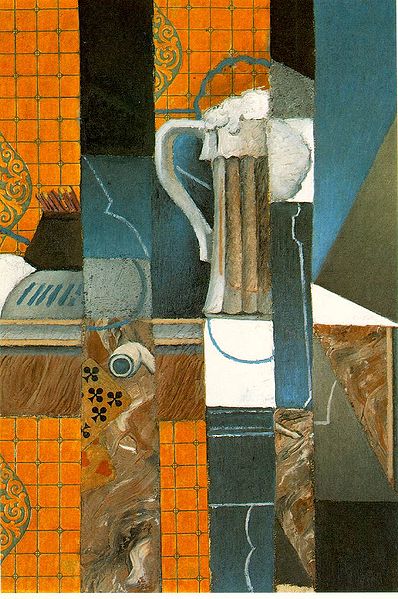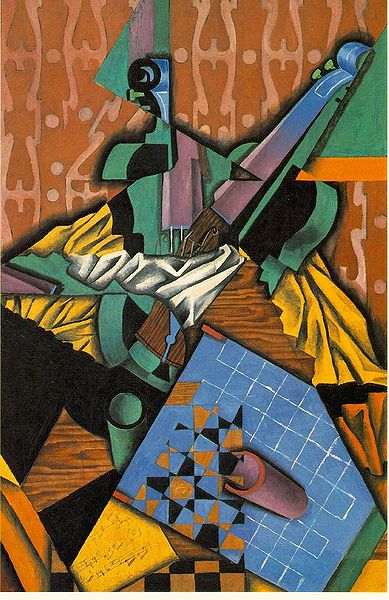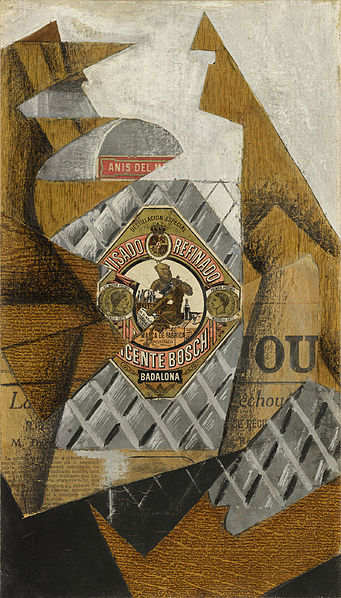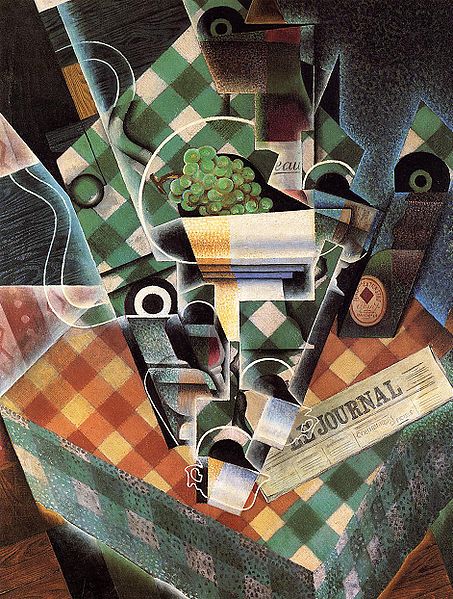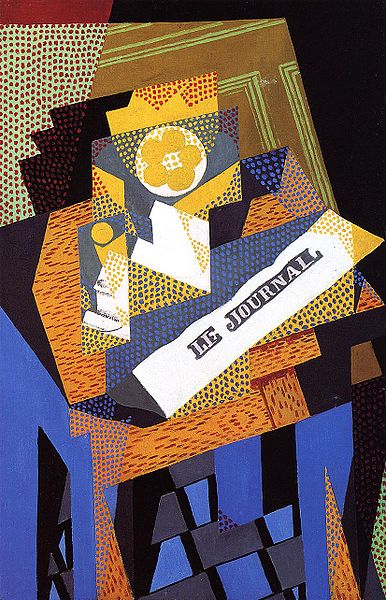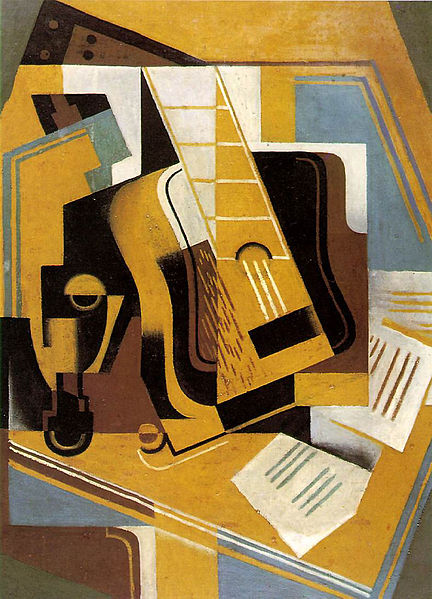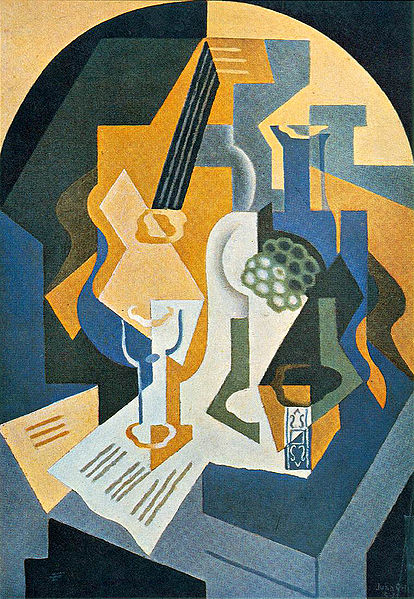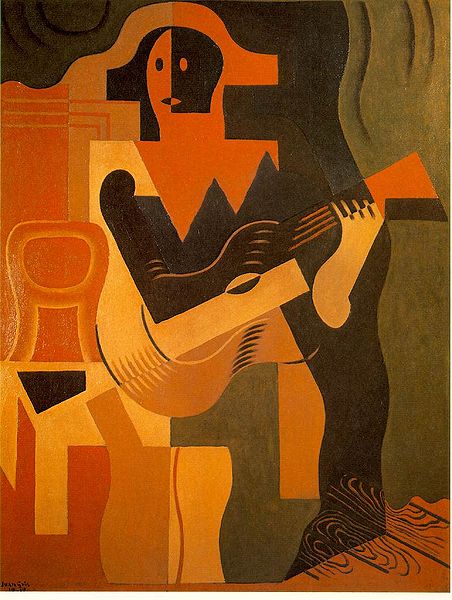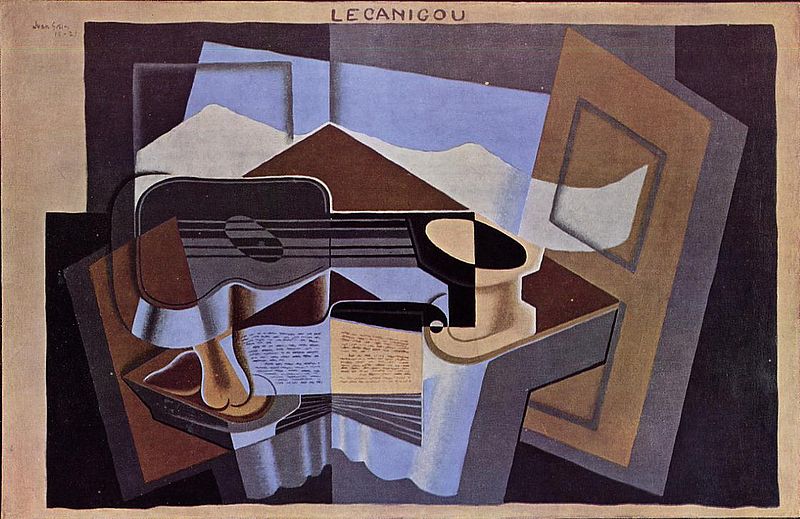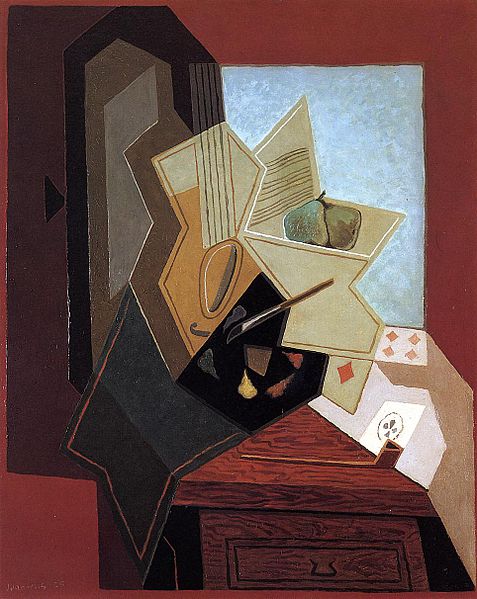<Back to Index>
- Painter and Sculptor José Victoriano (Carmelo Carlos) González - Pérez (Juan Gris), 1887
PAGE SPONSOR
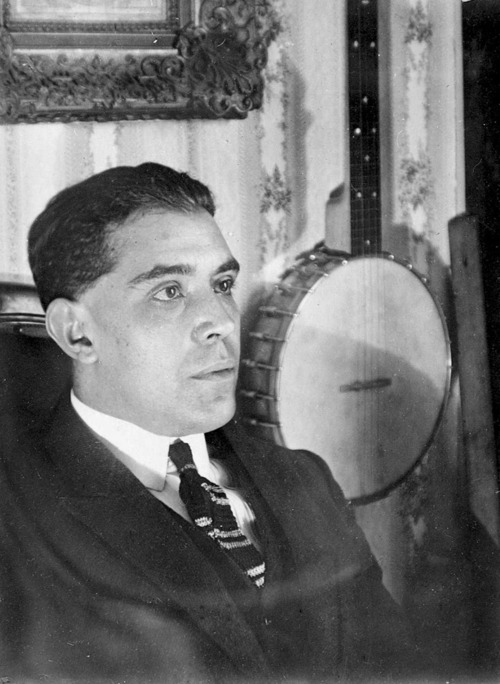
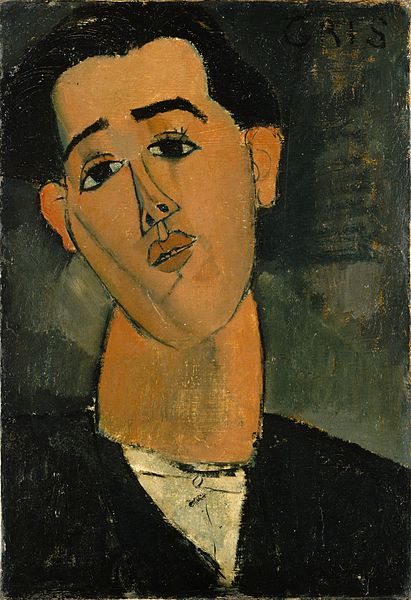
José Victoriano (Carmelo Carlos) González - Pérez (March 23, 1887 - May 11, 1927), better known as Juan Gris, was a Spanish painter and sculptor who lived and worked in France most of his life. His works, which are closely connected to the emergence of an innovative artistic genre — Cubism — are among the movement's most distinctive.
Born in Madrid, Gris studied mechanical drawing at the Escuela de Artes y Manufacturas in Madrid from 1902 to 1904, during which time he contributed drawings to local periodicals. From 1904 to 1905, he studied painting with the academic artist José Maria Carbonero. It was in 1905 that José González adopted the more distinctive name Juan Gris.
In 1906 he moved to Paris and became friends with Henri Matisse, Georges Braque, Fernand Léger, then in 1915 he was painted by his friend, Amedeo Modigliani. In Paris, Gris followed the lead of another friend and fellow countryman, Pablo Picasso. Although he submitted darkly humorous illustrations to journals such as Le Rire, L'assiette au beurre, Le Charivari and Le Cri de Paris, Gris began to paint seriously in 1910, and by 1912 he had developed a personal Cubist style. His portrait of Picasso in 1912 is a significant early Cubist painting done by a painter other than Picasso or Braque. Although Gris regarded Picasso as a teacher, Gertrude Stein wrote in The Autobiography of Alice B. Toklas that "Juan Gris was the only person whom Picasso wished away".
At first Gris painted in the analytic style of Cubism, but after 1913 he began his conversion to synthetic Cubism, of which he became a steadfast interpreter, with extensive use of papier collé or, collage. Unlike Picasso and Braque, whose Cubist works were monochromatic, Gris painted with bright harmonious colors in daring, novel combinations in the manner of his friend Matisse. Gris exhibited with the painters of the Puteaux Group in the Salon de la Section d'Or in 1912. His preference for clarity and order influenced the Purist style of Amédée Ozenfant and Charles Edouard Jeanneret (Le Corbusier), and made Gris an important exemplar of the post war "return to order" movement.
In 1924, he designed ballet sets and costumes for Sergei Diaghilev and the famous Ballets Russes.
Gris articulated most of his aesthetic theories during 1924 and 1925. He delivered his definitive lecture, Des possibilités de la peinture, at the Sorbonne in 1924. Major Gris exhibitions took place at the Galerie Simon in Paris and the Galerie Flechtheim in Berlin in 1923 and at the Galerie Flechtheim in Düsseldorf in 1925.
After October 1925, Gris was frequently ill with bouts of uremia and cardiac problems. He died of renal failure in Boulogne - sur - Seine (Paris) on May 11, 1927, at the age of 40, leaving a wife, Josette, and a son, Georges.
His top auction price was $20.8 million which was set by
his 1915 still life titled, Livre, pipe et verres,
until Christie's Imp/Mod sale in November 2010, when
"Violon et guitare" sold for $28.6 million.
